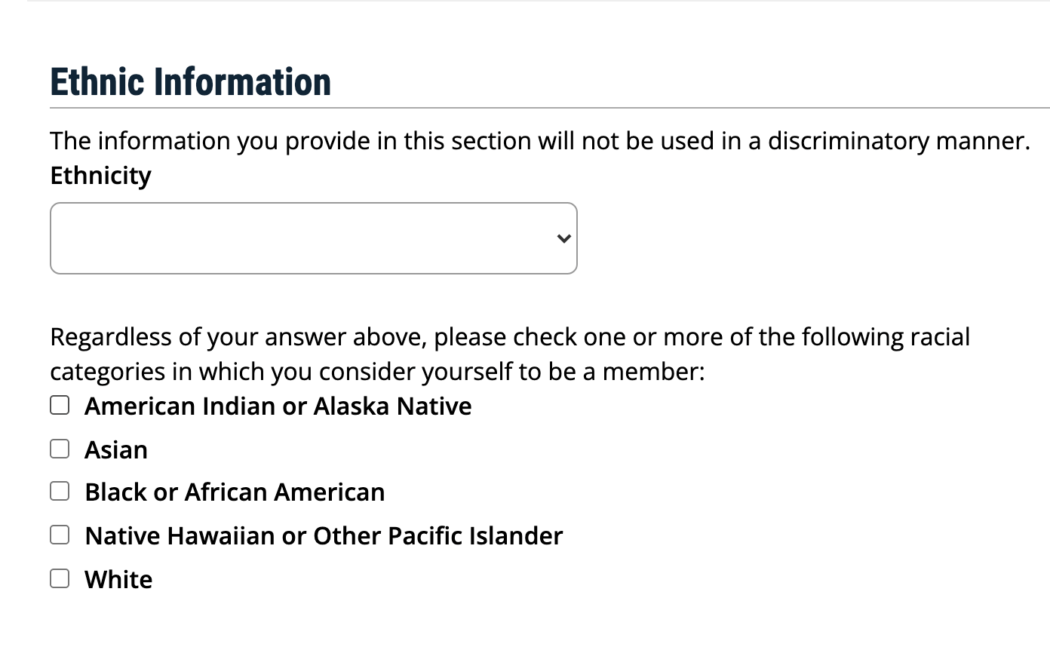Lack of Middle Eastern demographic option at USU causes concern
Despite efforts made by several student organizations and Utah State University to be inclusive and support diversity, students and faculty members have begun to take note of the options, or lack thereof, on the ethnicity section of USU paperwork.
When applying to become a student at USU, people are asked about their ethnicity through a series of questions.
First, they are asked if they identify as Hispanic/Latino. Then they are instructed to mark at least one of the racial groups of which they consider themselves to be a part of from the following options: American Indian or Alaska Native; Asian; Black or African American; Native Hawaiian or another Pacific Islander; or White.
While these options may present a category in which many USU students and faculty members feel comfortable, such is not the case for everyone. One such example is Danny Stewart, an English graduate instructor at USU.
“There should be an option for Middle Eastern students and faculty to claim their true heritage on the application process for work as well as for education. I think it’s important for demographics alone if not for possibilities surrounding scholarships,” Stewart said. “There are Middle Eastern people in this country. Why don’t we count?”
Though Stewart feels the lack of an option is an issue, others such as Abdulkafi Albirini, a linguistics and Arabic professor at USU, said he thinks that adding a Middle Eastern option to USU ethnicity questions would be too broad and is unnecessary.
“The lack of the Middle Eastern ethnicity option is understandable because the notion of the Middle Eastern ethnicity is very fluid and does not capture the ethnic diversity of the Middle East area,” Albrini said. “Different human communities and organizations use different approaches, different typologies and different social constructs to classify their subjects.”
The reasoning for the lack of option may also correlate directly with the reason for the question’s existence.
According to Michael Torrens, the executive director of the Office of the Executive Vice President and Provost, the university is federally required to report ethnicity statistics as part of the Integrated Postsecondary Education Data System given by the U.S. Department of Education.
The required statistics reflect the possible answers to USU’s ethnicity questions verbatim, meaning the university is collecting the exact information it is required to, no more and no less.
Torrens specified that his office is responsible for reporting non-financial data to the government and does not determine which options are included in the admissions process.
While this may help to explain the lack of a Middle East option, Afsane Rezaei, a USU English professor, said the university could collect data beyond what it is federally required.
“My experience hasn’t been with admissions documents, but with HR forms that I had to fill out at the time of hiring,” Rezaei said, explaining her experience with needing to choose an ethnicity for USU.
She explained that she didn’t feel comfortable identifying with any of the provided ethnic categories and ultimately decided to draw her own box labeled “other.”
“There needs to be another option for people from Middle Eastern and North African background,” Rezaei said. “While it will take at least another decade for that language to be added to the census, universities have more freedom to incorporate more inclusive racial and ethnic categories as part of their admission and hiring.”
-Brock.Marchant@usu.edu

